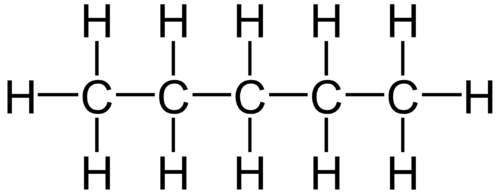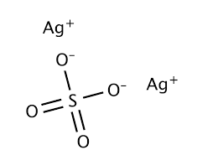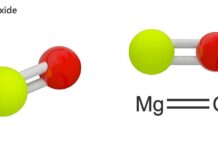What Is Alkanes :
In organic chemistry, an alkane is an acyclic saturated hydrocarbon. In other words, alkane contains carbon and hydrogen which is attached by single bond. It is having the general formula CnH2n+2. In the case of alkane, the C-atom is sp3 hybridised with four sigma bonds.

Types Of Alkanes:
1. Linear alkanes
Straight chain alkanes are indicated by the prefix ‘n-‘.
Example : n-Pentane

Methane – CH4
Ethane – C2H6
Propane – C3H8
Butane – C4H10
Pentane – C5H12
Hexane – C6H14

2. Branched alkane
The branched alkane is indicated by some specific prefix to distinguish from linear alkane.
For example: n-Pentane by isopentane or neopentane.

Uses of Alkanes :
- Methane and ethane are the main components of natural gas, they stored under pressure.
- The first four alkanes are used for heating and cooking purposes.
- They are used to generate electricity.
- Propane and butane gases are stored under low pressure and is known as Liquified Petroleum Gas (LPG) and is used for cooking.
- Some synthetic polymers called polyethylene and polypropylene contains number of repeated units of carbon atom.
- It’s a major component of lubricating oil and is called anti corrosive agent.
Disadvantages of Alkanes :
- It is the main contributor of Green house Gas and causes global warming.
- In humans, the high concentration of alkanes causes anaesthetic effects or narcosis.
- Highly explosive.




















